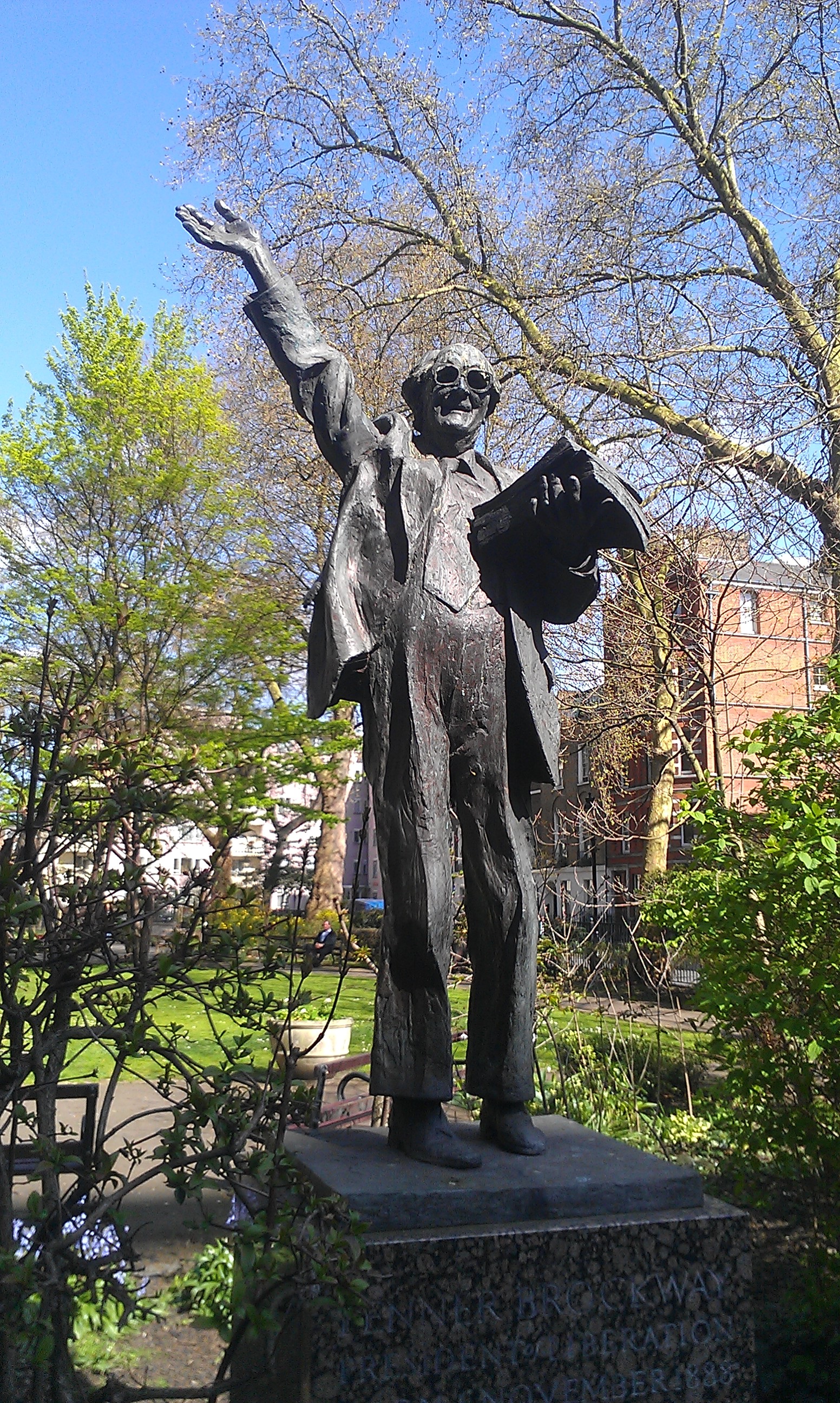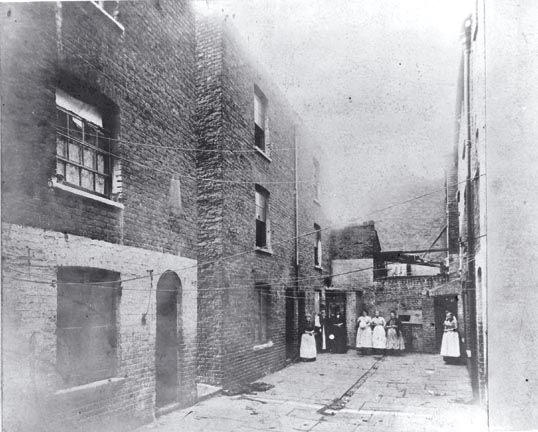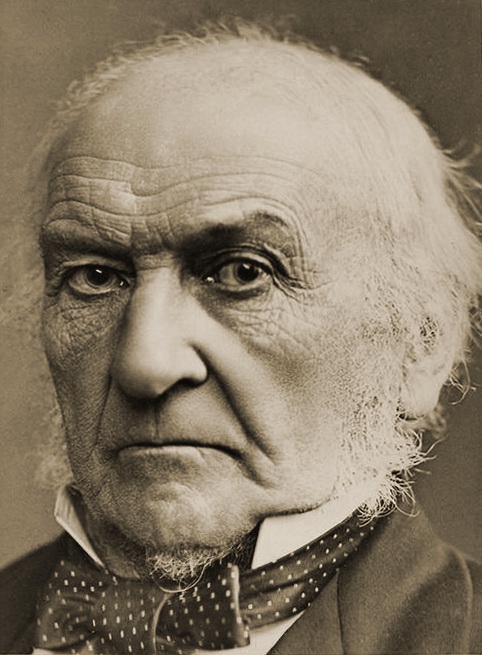|
Margaret Hills
Margaret Hills (née Robertson 1882 – 1967) was a British teacher, suffragist organiser, feminist and socialist. She was first female councillor on Stroud Urban District Council and later served as a Councillor on Gloucestershire County Council. Early life Margaret Robertson was born at 41 Fitzroy Road, Primrose Hill, London on 1 March 1882. Her father, Henry Robert Robertson, was an artist of Scottish extraction and her mother, Agnes Lucy Turner, was a descendant of Robert Chamberlain, who founded the china works of Chamberlain & Son at Worcester (which later became Royal Worcester), and her mother's relatives included John Davidson (traveller), the African explorer, and George Fownes, both of whom were Fellows of the Royal Society. Her paternal grandfather had a private school in Slough. Her siblings were botanist Agnes Arber, classicist Donald Struan Robertson and portrait artist Janet Robertson. She is the great aunt of musician Thomas Dolby. Hills attended North Lo ... [...More Info...] [...Related Items...] OR: [Wikipedia] [Google] [Baidu] |
National Union Of Women's Suffrage Societies
The National Union of Women Suffrage Societies (NUWSS), also known as the ''suffragists'' (not to be confused with the suffragettes) was an organisation founded in 1897 of women's suffrage societies around the United Kingdom. In 1919 it was renamed the National Union of Societies for Equal Citizenship. Formation and campaigning The team was founded in 1897 by the merger of the National Central Society for Women's Suffrage and the Central Committee of the National Society for Women's Suffrage, the groups having originally split in 1888. The groups united under the leadership of Millicent Fawcett, who was the president of the society for more than twenty years. The organisation was democratic and non-militant, aiming to achieve women's suffrage through peaceful and legal means, in particular by introducing Parliamentary Bills and holding meetings to explain and promote their aims. In 1903 the Women's Social and Political Union (WSPU, the "suffragettes"), who wished to undertak ... [...More Info...] [...Related Items...] OR: [Wikipedia] [Google] [Baidu] |
Miners' Federation Of Great Britain
The Miners' Federation of Great Britain (MFGB) was established after a meeting of local mining trade unions in Newport, Wales in 1888. The federation was formed to represent and co-ordinate the affairs of local and regional miners' unions in England, Scotland and Wales whose associations remained largely autonomous. At its peak, the federation represented nearly one million workers. It was reorganised into the National Union of Mineworkers in 1945. Founding conference and membership In 1888 after colliery owners rejected a call for a pay rise from the Yorkshire Miners' Association, several conferences were organised to discuss the possibility of forming a national union. At the conference held in the Temperance Hall in Newport, South Wales in November 1889, the Miners' Federation of Great Britain (MFGB) was formed. Ben Pickard of the Yorkshire Miners' Association was elected president and Sam Woods of the Lancashire and Cheshire Miners' Federation (LCMF) its vice-president. Enoc ... [...More Info...] [...Related Items...] OR: [Wikipedia] [Google] [Baidu] |
Royal Army Medical Corps
The Royal Army Medical Corps (RAMC) is a specialist corps in the British Army which provides medical services to all Army personnel and their families, in war and in peace. The RAMC, the Royal Army Veterinary Corps, the Royal Army Dental Corps and Queen Alexandra's Royal Army Nursing Corps form the Army Medical Services. History Origins Medical services in the British armed services date from the formation of the Standing Regular Army after the Restoration of Charles II in 1660. Prior to this, from as early as the 13th century there are records of surgeons and physicians being appointed by the English army to attend in times of war; but this was the first time a career was provided for a Medical Officer (MO), both in peacetime and in war. For much of the next two hundred years, army medical provision was mostly arranged on a regimental basis, with each battalion arranging its own hospital facilities and medical supplies. An element of oversight was provided by the appointment ... [...More Info...] [...Related Items...] OR: [Wikipedia] [Google] [Baidu] |
Lake Orta
Lake Orta (Italian: ''Lago d’Orta'') is a lake in northern Italy, west of Lake Maggiore. It has been so named since the 16th century, but was previously called Lago di San Giulio, after Saint Julius (4th century), the patron saint of the region. Its southern end is about by rail to the northwest of the city of Novara (located on the main Turin-Milan line), while its northern end is about by rail south of the Gravellona-Toce railway station, itself located halfway between Ornavasso and Omegna. Its scenery is characteristically Italian, while San Giulio island has some picturesque buildings, and takes its name from the local saint, who lived in the 4th century. Located around the lake are Orta San Giulio, built on a peninsula projecting from the east shore of the lake, Omegna at its northern extremity, Pettenasco to the east, and Pella to the west. It is supposed that the lake is the remnant of a much larger sheet of water by which originally the waters of the Toce flowed ... [...More Info...] [...Related Items...] OR: [Wikipedia] [Google] [Baidu] |
Fenner Brockway
Archibald Fenner Brockway, Baron Brockway (1 November 1888 – 28 April 1988) was a British socialist politician, humanist campaigner and anti-war activist. Early life and career Brockway was born to W. G. Brockway and Frances Elizabeth Abbey in Calcutta, British India. While attending the School for the Sons of Missionaries, then in Blackheath, London (now Eltham College), from 1897 to 1905, he developed an interest in politics. In 1908, Brockway became a vegetarian. Several decades later, during a debate in a House of Lords on animal cruelty, he said: "I am a vegetarian and I have been so for 70 years. On the whole, I think, physically I am a pretty good advertisement for that practice." After leaving school, he worked as a journalist for newspapers and journals including ''The Quiver'', the ''Daily News'' and the ''Christian Commonwealth''. In 1907, Brockway joined the Independent Labour Party (ILP) and was a regular visitor to the Fabian Society. He was appointed editor of th ... [...More Info...] [...Related Items...] OR: [Wikipedia] [Google] [Baidu] |
Pella, Piedmont
Pella is a ''comune'' (municipality) in the Province of Novara in the Italian region Piedmont, located about northeast of Turin and about northwest of Novara on the Lake Orta. It borders the municipalities of Cesara, Madonna del Sasso, Nonio, Orta San Giulio, Pettenasco, and San Maurizio d'Opaglio San Maurizio d'Opaglio is a ''comune'' (municipality) in the Province of Novara in the Italian region of Piedmont, located about northeast of Turin and about northwest of Novara. San Maurizio d'Opaglio borders the following municipalities: Goz .... References External links Official website Cities and towns in Piedmont {{Novara-geo-stub ... [...More Info...] [...Related Items...] OR: [Wikipedia] [Google] [Baidu] |
Slum Clearance In The United Kingdom
Slum clearance in the United Kingdom has been used as an urban renewal strategy to transform low income settlements with poor reputation into another type of development or housing. Early mass clearances took place in the country's northern cities. Starting from 1930, councils were expected to prepare plans to clear slum dwellings, although progress stalled upon the onset of World War II. Clearance of slum areas resumed and increased after the war, while the 1960s saw the largest number of house renewal schemes pursued by local authorities, particularly in Manchester where it was reported around 27% 'may' have been unfit for human habitation - Although the majority were well built solid structures which could have been renovated or repurposed; housing, churches, schools and pubs which formed close-knit communities were devastated, with families dispersed across other areas. Towards the end of the decade, a housing act in 1969 provided financial encouragement for authorities and la ... [...More Info...] [...Related Items...] OR: [Wikipedia] [Google] [Baidu] |
Urban District (Great Britain And Ireland)
In England and Wales, Northern Ireland, and the Republic of Ireland, an urban district was a type of local government district that covered an urbanised area. Urban districts had an elected urban district council (UDC), which shared local government responsibilities with a county council. England and Wales In England and Wales, urban districts and rural districts were created in 1894 (by the Local Government Act 1894) as subdivisions of administrative counties. They replaced the earlier system of urban and rural sanitary districts (based on poor law unions) the functions of which were taken over by the district councils. The district councils also had wider powers over local matters such as parks, cemeteries and local planning. An urban district usually contained a single parish, while a rural district might contain many. Urban districts were considered to have more problems with public health than rural areas, and so urban district councils had more funding and greater power ... [...More Info...] [...Related Items...] OR: [Wikipedia] [Google] [Baidu] |
Stroud
Stroud is a market town and civil parish in Gloucestershire, England. It is the main town in Stroud District. The town's population was 13,500 in 2021. Below the western escarpment of the Cotswold Hills, at the meeting point of the Five Valleys, the town is noted for its steep streets. The Cotswold Area of Outstanding Natural Beauty surrounds the town, and the Cotswold Way path passes by it to the west. It lies south of the city of Gloucester, south-southwest of Cheltenham, west-northwest of Cirencester and north-east of the city of Bristol. London is east-southeast of Stroud and the Welsh border at Whitebrook, Monmouthshire, is to the west. Not part of the town itself, the civil parishes of Rodborough and Cainscross form part of Stroud's urban area. Stroud acts as a centre for surrounding villages and market towns including Amberley, Bisley, Bussage, Chalford, Dursley, Eastcombe, Eastington, King's Stanley, Leonard Stanley, Minchinhampton, Nailsworth, Oakri ... [...More Info...] [...Related Items...] OR: [Wikipedia] [Google] [Baidu] |
Women At The Hague
Women at the Hague was an International Congress of Women conference held at The Hague, Netherlands in April 1915. It had over 1,100 delegates and it established an International Committee of Women for Permanent Peace (ICWPP) with Jane Addams as president. It led to the creation of the Women's International League for Peace and Freedom (WILPF).Paull, John (2018The Women Who Tried to Stop the Great War: The International Congress of Women at The Hague 1915 In A. H. Campbell (Ed.), Global Leadership Initiatives for Conflict Resolution and Peacebuilding (pp. 249-266). (Chapter 12) Hershey, PA: IGI Global. Preparations The 1915 International Congress of Women was organized by the German feminist Anita Augspurg, Germany's first female jurist, and Lida Gustava Heymann (1868–1943) at the invitation of the Dutch pacifist, feminist and suffragist Aletta Jacobs to protest the war then raging in Europe, and to suggest ways to prevent war in the future. The scheme of an International Congr ... [...More Info...] [...Related Items...] OR: [Wikipedia] [Google] [Baidu] |
Women's International League For Peace And Freedom
The Women's International League for Peace and Freedom (WILPF) is a non-profit non-governmental organization working "to bring together women of different political views and philosophical and religious backgrounds determined to study and make known the causes of war and work for a permanent peace" and to unite women worldwide who oppose oppression and exploitation. WILPF has national sections in 37 countries. The WILPF is headquartered in Geneva and maintains a United Nations office in New York City. Organizational history WILPF developed out of the International Women's Congress against World War I that took place in The Hague, Netherlands, in 1915 and the formation of the International Women's Committee of Permanent Peace;Paull, John (2018The Women Who Tried to Stop the Great War: The International Congress of Women at The Hague 1915 In A. H. Campbell (Ed.), Global Leadership Initiatives for Conflict Resolution and Peacebuilding (pp. 249-266). (Ch.12) Hershey, PA: IGI Global ... [...More Info...] [...Related Items...] OR: [Wikipedia] [Google] [Baidu] |
Midlothian (UK Parliament Constituency) (1708–1918)
Edinburghshire (also known as Midlothian) was a Scottish county constituency of the House of Commons of the Parliament of Great Britain (at Westminster) from 1708 to 1801 and of the Parliament of the United Kingdom (also at Westminster) from 1801 to 1918. It elected one Member of Parliament (MP) by the first past the post system of election. The seat is most famous as the location of William Ewart Gladstone's upset victory in the Midlothian Campaign of 1880, regarded as the birth of the modern political campaign in the United Kingdom. After Gladstone's victory it became the first non-English constituency to be represented by a serving prime minister. Creation The British parliamentary constituency was created in 1708 following the Acts of Union, 1707 and replaced the former Parliament of Scotland shire constituency of Edinburghshire. Boundaries As first used, in the 1708 general election of the Parliament of Great Britain, the constituency covered the county of Edinbur ... [...More Info...] [...Related Items...] OR: [Wikipedia] [Google] [Baidu] |





.jpg)

